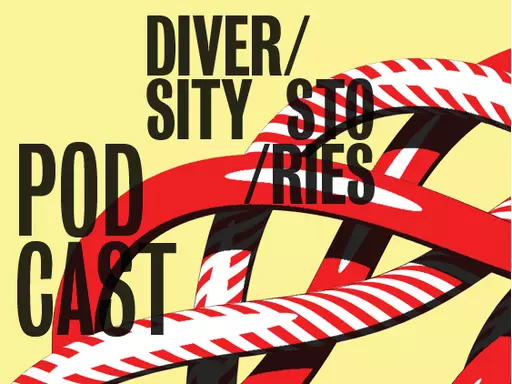In the broadest sense of the term, cultural appropriation is the unacknowledged or inappropriate adoption or taking of specific elements (such as ideas, symbols, artefacts, images, art, rituals, icons, behaviour, music, styles) of one culture by another culture.






